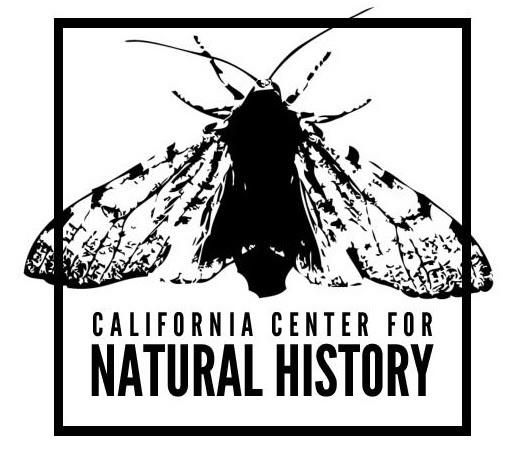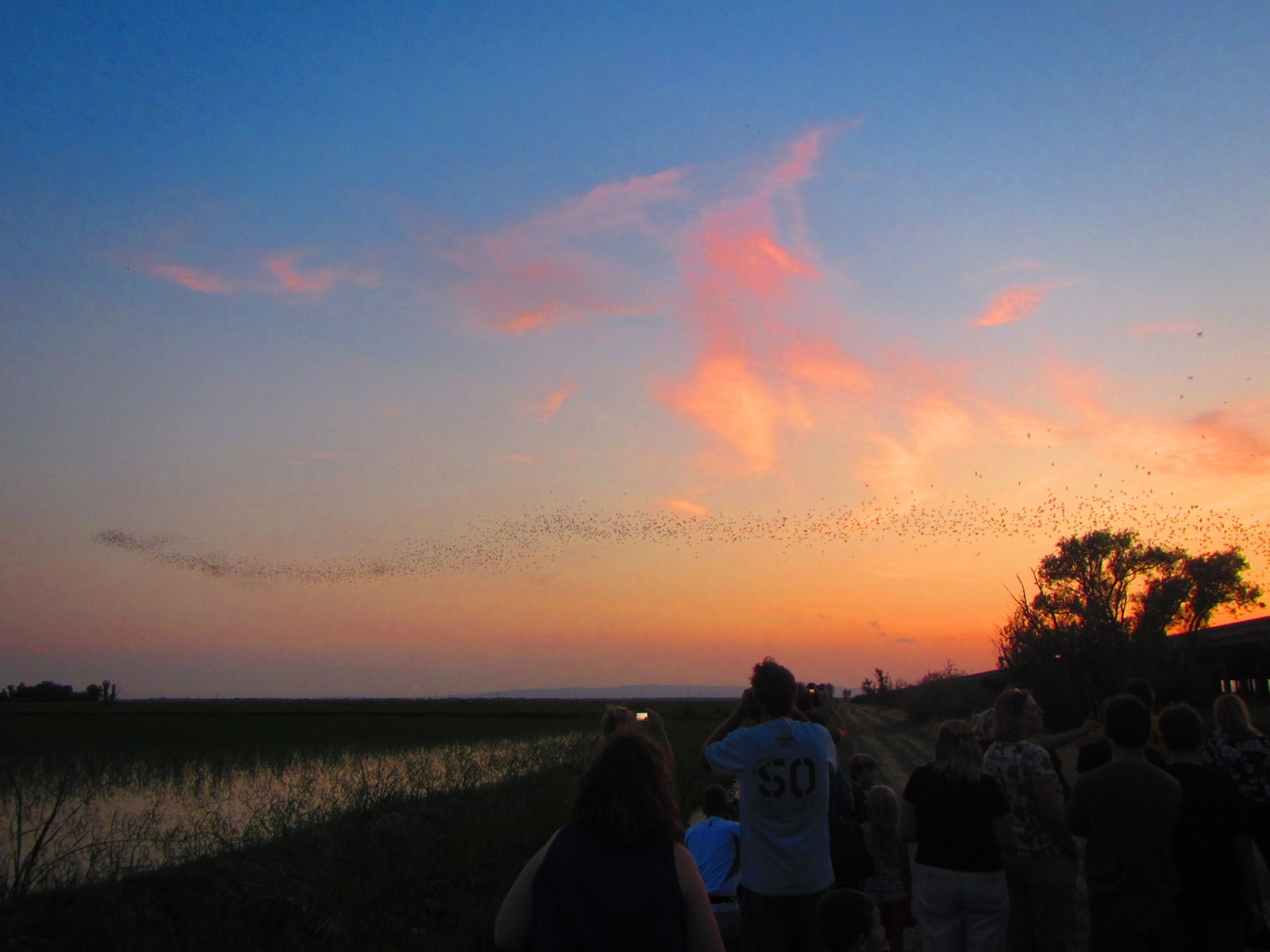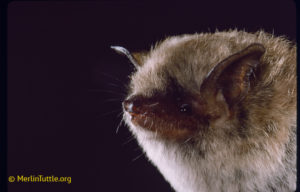Q: Is there a good place in the Bay Area to see bats? What kind of bats live here?
Because of myth and superstition, bats are often feared and severely underappreciated. October happens to be Bat Appreciation Month, so it’s a great time to spread some knowledge about these amazing flying mammals.
Insect-eating bats play a huge role in reducing mosquitoes and agricultural pests, so if you like fruits and veggies, you have bats to thank. A single Mexican free-tailed bat that is nursing pups can eat her entire body weight in insects per night. And whether or not you like tequila, bats are responsible for that too. Even bat poop is valuable: their guano makes an excellent natural fertilizer.
The Bay Area is home to up to 16 species of bats, all of which are insectivores. Some of the more common bat species you might see in the Bay Area include the Mexican free-tailed bat (Tadarida brasiliensis), the big brown bat (Eptesicus fuscus), and various mouse-eared bats (in the genus Myotis).
Bats can be difficult to spot because they’re small and active mainly at night, so many people aren’t even aware of bats in their surroundings. Bats can roost in trees, tucked under bark, in mines and caves, inside rock crevices, under bridges, in constructed bat boxes, and even in buildings, so they’re around a lot more than you might expect.
The easiest way to see bats in the Bay Area is at sunset, when they fly out from their roosts to hunt for insects. Large bodies of fresh water, such as Lake Del Valle, are great places to see bats foraging for their nightly meal. Bats are extremely sensitive to disturbance, so be sure to observe quietly.
The most impressive bat viewing within a reasonable drive of the Bay Area is probably at the Yolo Bypass Wildlife Area, where one of the largest seasonal colonies of Mexican free-tailed bats in California roosts under the Yolo Causeway. In the summer, you can see this massive colony streaming out in the evening to hunt for insects. The Yolo Basin Foundation leads public bat walks throughout the summer to watch this colony emerge from their roosting spot. These programs are done for the season, but keep an eye out for events next year.
If all of that still isn’t exciting enough, and you want to see bats up close, check out NorCalBats, an organization that does bat rescue, rehabilitation, and release. NorCalBat often does educational programs around the Bay Area with non-releasable California bats.
You can also report sick and dead bats to the California Department of Fish and Wildlife, which tests for rabies and also screens bats for white nose syndrome, a deadly fungal disease that is decimating bat populations throughout the United States, but fortunately hasn’t been detected in California yet.

Ask the Naturalist is a reader-funded bimonthly column with the California Center for Natural History that answers your questions about the natural world of the San Francisco Bay Area. Have a question for the naturalist? Fill out our question form or email us at atn at baynature.org!





